Recent Victims:
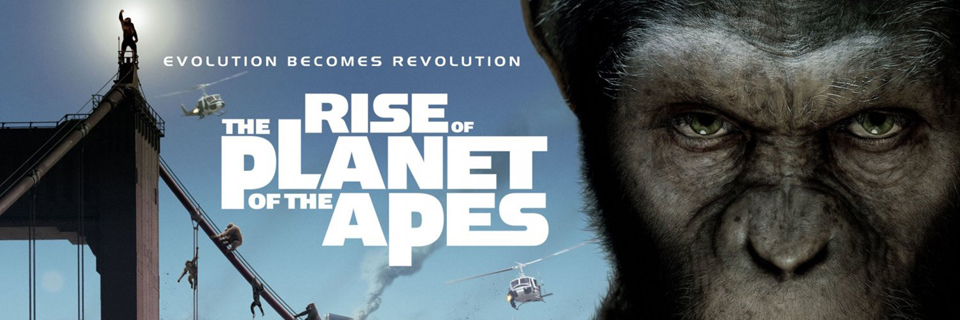
Ravenous horror humorist, Billy Boyce is back with more amusing musings on the latest genre output…. When I heard this movie was in pre-production, I was stoked. When I heard that the West Londoner, and motion capture expert, Andy Serkis was on board, I cried […]
Movie Reviews Movies & TV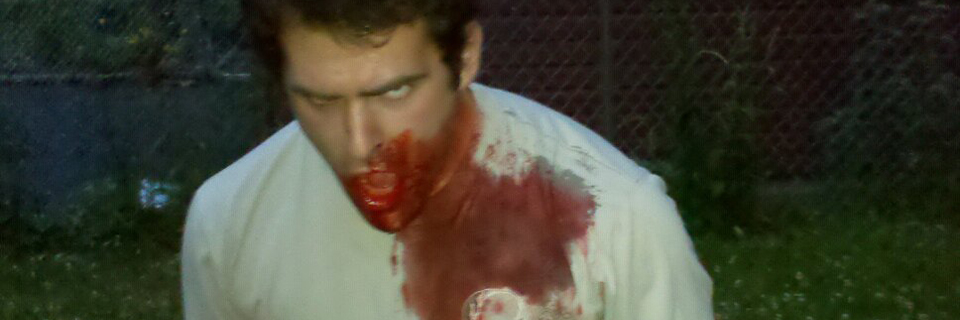
As yet another summer melts away, the realization that I have a pending film premiere in roughly three months is starting to set in. For me, the biggest challenges have been the most fun aspects of this process. There are still plenty of things to […]
DEAD Journal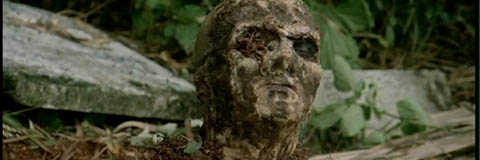
On October 25th, 2011 Blue Underground is slated to unleash the definitive edition of Lucio Fulci’s 1979 walking dead opus, Zombie (Zombi 2), and on Blu-ray no less! This pending release provides an excellent opportunity for another entry into Ravenous Monster’s horror movie retrospective series. […]
Featured Article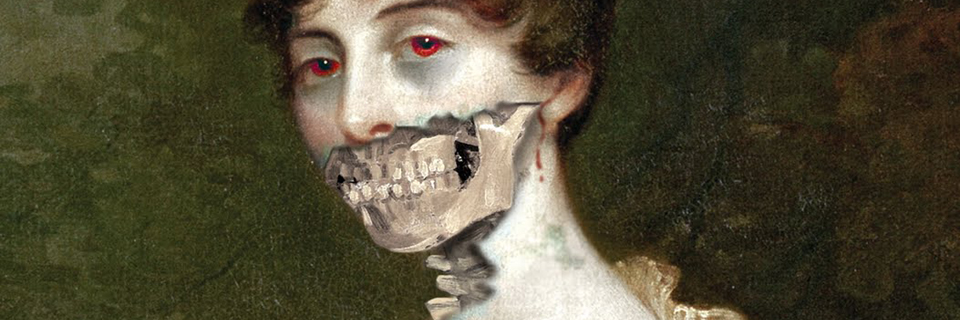
If you’re like the ruck of humanity, when you’ve just fallen in love, you’re kind of like a sugar glider:[1] adorable, hyperactive, chatty, able to defy gravity through sheer exuberance, and annoying as all fuck. When I discovered horror at the age of fourteen, it […]
Featured Article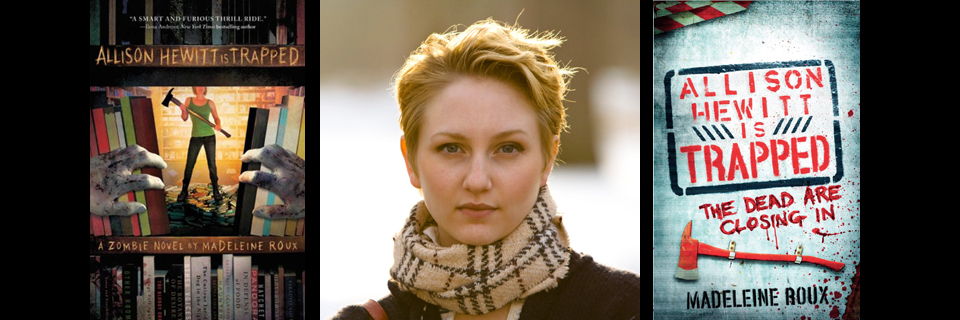
My path to this interview was a strange one. Let me explain: Back in February I was reading through Fangoria issue 301, cover-to-cover as I’m wont to do, when I got to the book reviews section. The featured “Book of the Month” was yet another […]
Authors Books & Comics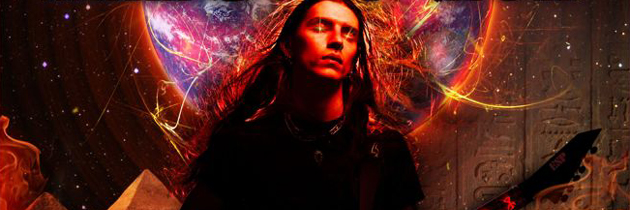
Jeremy Wagner has bestowed the horror genre with sick and twisted offerings for over twenty years now. As guitarist and lyricist for the band Broken Hope – a progenitor of brutal American death metal, and more recently as a novelist, Wagner has been attacking the mainstream […]
Authors Books & Comics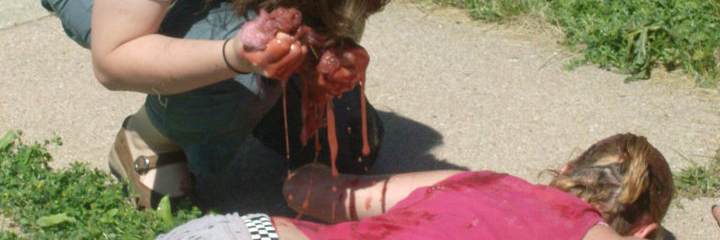
The Master of Splatter, Tom Savini, once said, “Limitations, like no money, always make you more creative and the fun is creating that stuff.” I have always had a hyperactive imagination. The film bug first bit me as a freshman in high school. On a […]
DEAD Journal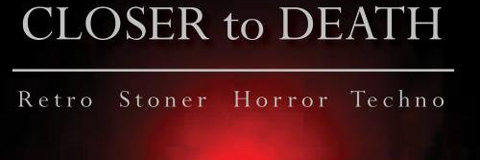
John Morrone, veteran writer for the horror webzine Bloody-Disgusting.com, is unleashing his musical talents on the world in the form of Zombies Unlimited. According to the official website, Zombies Unlimited is dedicated to creating low-cost, original music for independent horror and sci-fi movie soundtracks. This […]
Music & Events Music Reviews
My name is Justin Hamelin. I am a horror nut. Over the years, feeding my appetite with the classic films and reading every book Stephen King has ever written was sufficient. As I’ve grown older, my lust for the macabre has become insatiable. I look […]
DEAD Journal
Does chasing after marauding trolls through the Norwegian countryside and taking them out with a bevy of homemade specialized weapons sound like fun? Of course it does. Did I mention that these aren’t the cute, fuzzy little critters that sit on the end of your […]
Movie Reviews Movies & TV